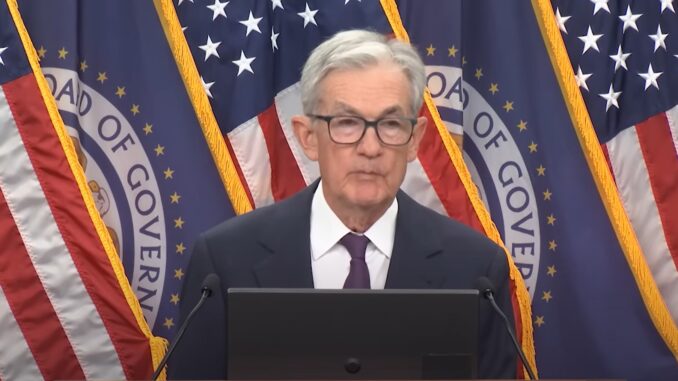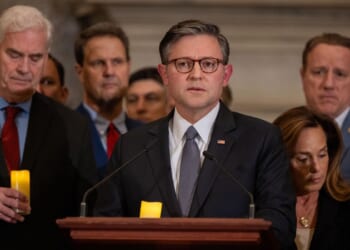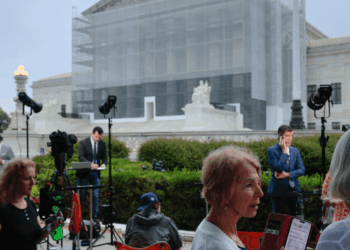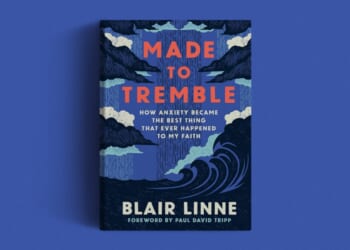
By Antonius J. Patrick
A lot has been made by gold-money bugs about the roles that central banks have played in the run-up in the gold price that accounts for a 38% increase in the yellow metal’s price this year alone. Some of these analysts attribute the shedding of central bank holdings of U.S. treasuries and other agencies’ bonds to purchase gold, which has accelerated gold’s recent meteoric rise.
Click the Link Below to Listen to the Audio of this Article
It is not just those in the gold community that hold this belief, but some in the mainstream financial press cite reports and data that purportedly show that central banks now own more gold than U.S. bonds. If true, such a shift would be a fundamental change in the world’s financial markets and could mean the end of the post-Bretton Woods monetary order, where the dollar acted as the reserve currency, replaced, ironically, by gold which the dollar replaced in 1971.
A recent Financial Times (FT) article, written by Toby Nangle and titled “Do Central Banks Really Have More Gold Than U.S. Treasury Bonds?,” attempts to shed light on these claims. It should be a reminder, as the article admits, that it is difficult to get accurate figures from data provided by central banks and international agencies.
Since the global financial crisis of 2007–2009, central banks’ holdings of gold have steadily risen. The International Monetary Fund (IMF), which keeps data on central banks’ financial sheets, estimates that banks are holding between 22% to 28% of their assets in gold, which comes to $3.86 trillion in gold as of the end of June.
The FT article contends that this percentage of reserves is “mostly about recent price action rather than a fundamental and dramatic shift out of treasuries and into the yellow metal.”
While central banks still hold the bulk of their reserves in U.S. treasuries, the gap is narrowing as the price of gold continues to reach new highs which FT admits, but downplays: “the underlying reality isn’t quite as dramatic as it might seem.”
What should be taken from the article, not only by investors but just about everyone else, is that a mainstream financial organ like FT is noticing not only the rise in gold, but the potential of the greenback losing its reserve status—an event that would have immense and catastrophic consequences for all Americans. Such talk, up to this point, was only heard from hard-money advocates.
The rising price of gold is signaling that greater price inflation is on the horizon with continuing deterioration of the dollar’s purchasing power along with more job losses, which is the dreaded specter of “stagflation.”
Another of America’s financial elite has sounded the alarm that something ominous is on the horizon. Morgan Stanley has revised its traditional 60/40 portfolio split, the 40% typically allocated to bonds, to a 60/20/20 portfolio with 20% allocated to gold. To readjust its portfolio to increase its gold holdings, Morgan Stanley will have to reduce its share of U.S. treasuries, which will put more downward pressure on bond prices and increase yields.
With growing concern over the safety of U.S. treasuries, the continuing rise in prices, and the all-time high in gold and asset prices, the Federal Reserve, at its September meeting, decided to cut the federal funds rate by 25 basis points while indicating that there will be more cuts coming. The much-anticipated rate cut, of course, was in reaction to the unprecedented pressure brought to bear by President Donald Trump on Fed Chairman Jerome Powell.
Like his tariff policy, which has driven some allies into the arms of our supposed adversaries—see India and its rapprochement with China—Trump’s Fed bashing will have the opposite of its intended effect.
Trump believes that rate cuts will make the economy “take off,” and he hopes that lower borrowing costs will make service of the gargantuan U.S. debt more manageable.
As usual, the president talks out of both sides of his mouth. He has spent most of his second term boasting that the economy is the best it has ever been. Why then is there a need for interest rate cuts if the economy is booming?
Trump also promised massive spending cuts via the Department of Government Efficiency but, instead, he passed the “Big Beautiful Bill,” which added more spending, requiring more borrowing.
America is not alone in cutting rates as central banks across the world (whose economies are also debt ridden) are reducing rates which will only encourage more borrowing. This, of course, will lead to more price inflation as central banks will have to print more money to finance the profligate spending of their governments.
Eventually there will be a return to gold in the monetary order, not just as a reserve asset but one used in exchange as fiat currencies collapse.
If economic trends continue, that day may not be far off.


















